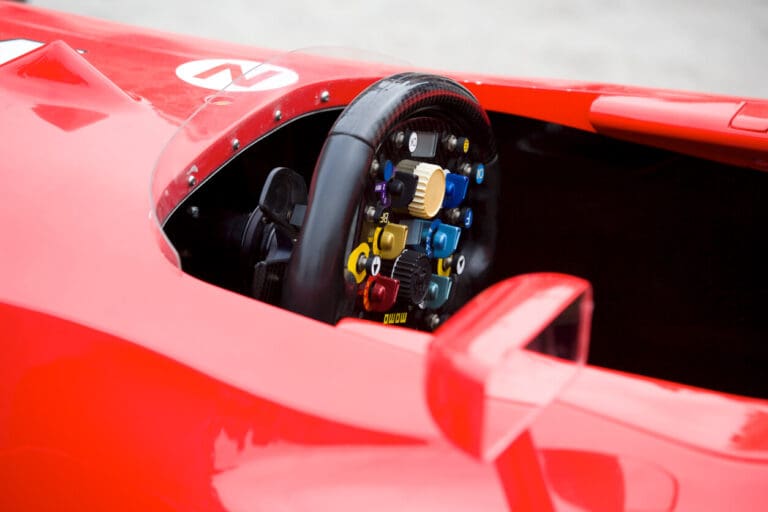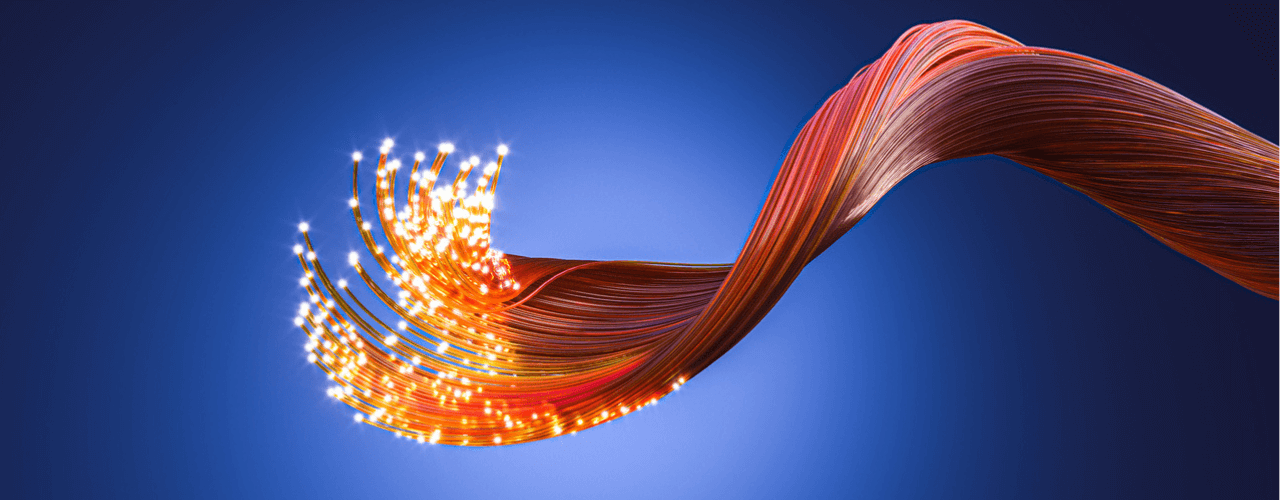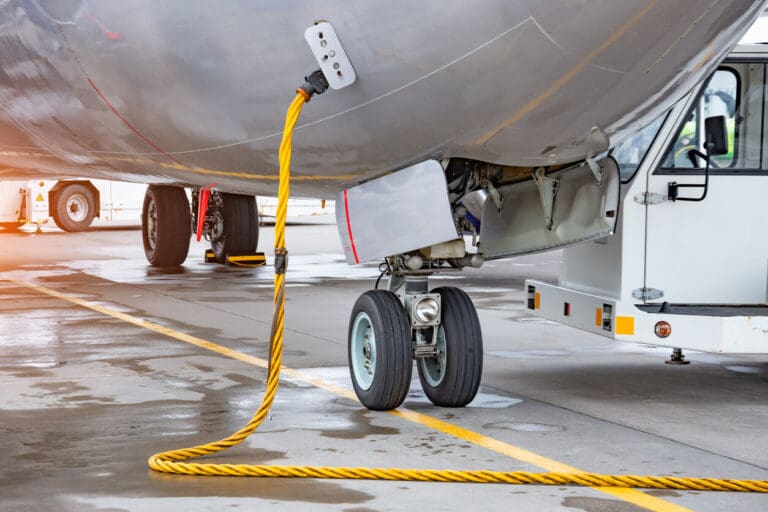
Are Motorsport Cables the Hidden Upgrade Behind Faster Lap Times?
Motorsport teams chase marginal gains in every area of the car, yet many still treat...
Read More
Fibre optic cables have revolutionised the way we communicate, transmit data and stay connected in the digital age. By transmitting information as pulses of light through tiny, flexible glass fibres, it has drastically improved data transfer speeds, bandwidth capacity and reliability, far outpacing traditional copper cabling. As we become increasingly reliant on rapid, secure, and efficient communication networks, understanding fibre optic cabling becomes more crucial than ever.
Fibre optics is based on the principle of transmitting light signals over long distances with minimal loss. The backbone of this technology is Total Internal Reflection, which enables light to travel through glass or plastic strands, even around bends. The data is encoded as pulses of light, transferred along the fibre, and decoded at the other end. This simple but effective technique allows for incredibly fast and efficient data transmission. With its foundational role in high-speed internet, telecommunications, medical equipment, and more, fibre optics is truly the lifeblood of the digital world.
At their simplest, fibre optic cables are composed of two main parts: the core and the cladding. The core, a thin glass centre, carries the light signals. Surrounding the core is the cladding, a layer of glass that traps light within the core using the principle of total internal reflection. A protective outer layer, or buffer coating, encases these components, protecting them from environmental conditions. Manufacturing these cables involves creating pure glass, drawing it into thin strands, and carefully assembling the components. It’s a complex process requiring precision and quality control.
There are two primary types used in communication systems: single-mode and multi-mode.
These fibre optic cables use a single light path (or mode) along the fibre, enabling them to carry signals a great distance with little loss of signal quality.
They are typically used for long-distance telecommunication networks or cable TV networks.
Multi-mode cables, on the other hand, offer multiple pathways for light, leading to more signal dispersion over distance but providing high bandwidth over short distances.
This makes them ideal for data and audio/visual applications in local-area networks or within buildings.
Fibre optic cables offer a wealth of advantages over traditional copper cables. Their high-speed data transmission and large bandwidth capacity enable more data to be sent simultaneously and quickly, which is vital in our data-driven world. They’re resistant to electromagnetic interference, meaning they maintain signal quality over long distances and in electrically noisy environments. Moreover, the light signals they carry are extremely difficult to intercept, providing an extra layer of security for data transmission. Lastly, their durability and lifespan far exceed those of copper cables, making them a cost-effective solution over the long term.
Installing fibre optic cables involves careful planning, from route selection to ensuring appropriate protective measures. Professionals must handle these delicate cables to prevent damage. Maintenance typically involves regular inspections and cleaning to keep the cables functioning at optimal performance. Fortunately, due to their design and construction, fibre optic cables are highly reliable and require less maintenance than their copper counterparts. Troubleshooting may require specialised tools, but with proper care, fibre optic systems can offer trouble-free operation for many years.
While the initial costs of fibre optic cables and their installation can be higher than other cabling options, it’s crucial to consider their long-term benefits. Their greater bandwidth, speed, and distance capabilities can support future network growth without significant infrastructure changes. Their longevity and lower maintenance requirements also result in cost savings over time. When assessing costs, businesses should be careful to consider not just the initial expenditure but also the return on investment over the life of the system.
Across industries, many businesses have reaped the benefits of switching to fibre optic cabling. For example, telecommunications companies have upgraded their networks to fibre optics to handle the ever-increasing data demands. Similarly, tech companies use fibre optics to power their data centres. Hospitals have turned to fibre optics for medical imaging and patient record management. Each case offers valuable insights into how fibre optic cables can enhance efficiency, speed, and reliability.
Taking everything into account, fibre optic cables represent a significant step forward in communication technology. Their construction, types, and numerous advantages make them an invaluable asset in various applications. From telecommunication networks to data centres and beyond, fibre optics play a crucial role in our increasingly connected world. As our reliance on digital communication grows, so too will our reliance on the speed, reliability, and security offered by fibre optic cables.
Do you have a project that requires bespoke cable design or manufacturing? At GEM Cable, we offer an extensive range of cabling products and packages.
If you want to find out more about our services, get in touch via our contact page to discuss your requirements, without obligation, by phone or in person. Head to https://www.gemcable.co.uk/contact/ to find out more.

Motorsport teams chase marginal gains in every area of the car, yet many still treat...
Read More
The wiring harness is a high-risk single point of failure in any complex system. If...
Read More
The wiring harness is the highest risk, lowest profile element in flight-critical infrastructure. When your...
Read MoreReady to talk cables, fibre or full network solutions? Get in touch with our team today, we’re here to help.